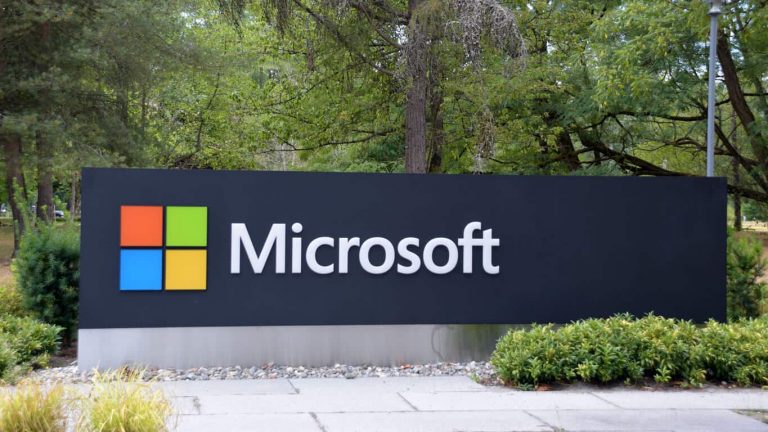The release of the Windows 10 Anniversary Update inches closer every day, and we get more and more news about it in the meantime. According to a slide in the “Windows Security” WinHEC event (first spotted by our friends at Neowin) when the Windows 10 Anniversary Update arrives, people who aren’t running TPM 2.0 will no longer be secure when using Windows 10.
Essentially, the presentation says that, for this Summer, “all new devices and computers, all SKU’s, must implement and be in compliance” with the regulations requiring them to be up to date with TPM 2.0. This means that every Windows 10 computer manufactured from now on is going to need to have TPM 2.0 “present and enabled by default.”
For those not familiar, TPM stands for “Trusted Platform Module” and is the microprocessor in your computer that creates cryptographic keys that lock away all of your important information where it’s safe. According to Microsoft’s TPM recommendation page on TechNet, Microsoft has been “an industry leader in moving and standardizing on TPM 2.0, which has many key realized benefits across algorithms, crypto, hierarchy, root keys, authorization and NV RAM.”
If you’re worried that your Windows 10 device won’t be secure with this new update, you probably shouldn’t be. The vast majority of computers are running TPM 2.0 right now, as it’s been the industry standard for quite a long while. If you’re worried – or if you’re just the sort of person that likes to double check things like this – there’s an easy way to make sure. If you have the drivers for your TPM installed (which you should) then “Trusted Platform Module 2.0” will be in the Device Manager of your Windows 10 PC under the “Security Devices” tab.
The requirement of TPM 2.0 is probably for the best. Security is always going to be an issue of the utmost importance, and as the designers of the most popular OS in the world, it’s Microsoft’s responsibility to make sure the data of their users is safe. Hopefully, with the obsolete versions of TPM no longer a factor, Microsoft can do more consistent work keeping Windows 10 a safe operating system.



